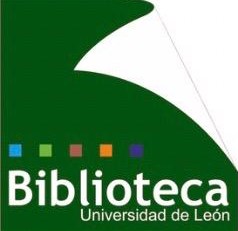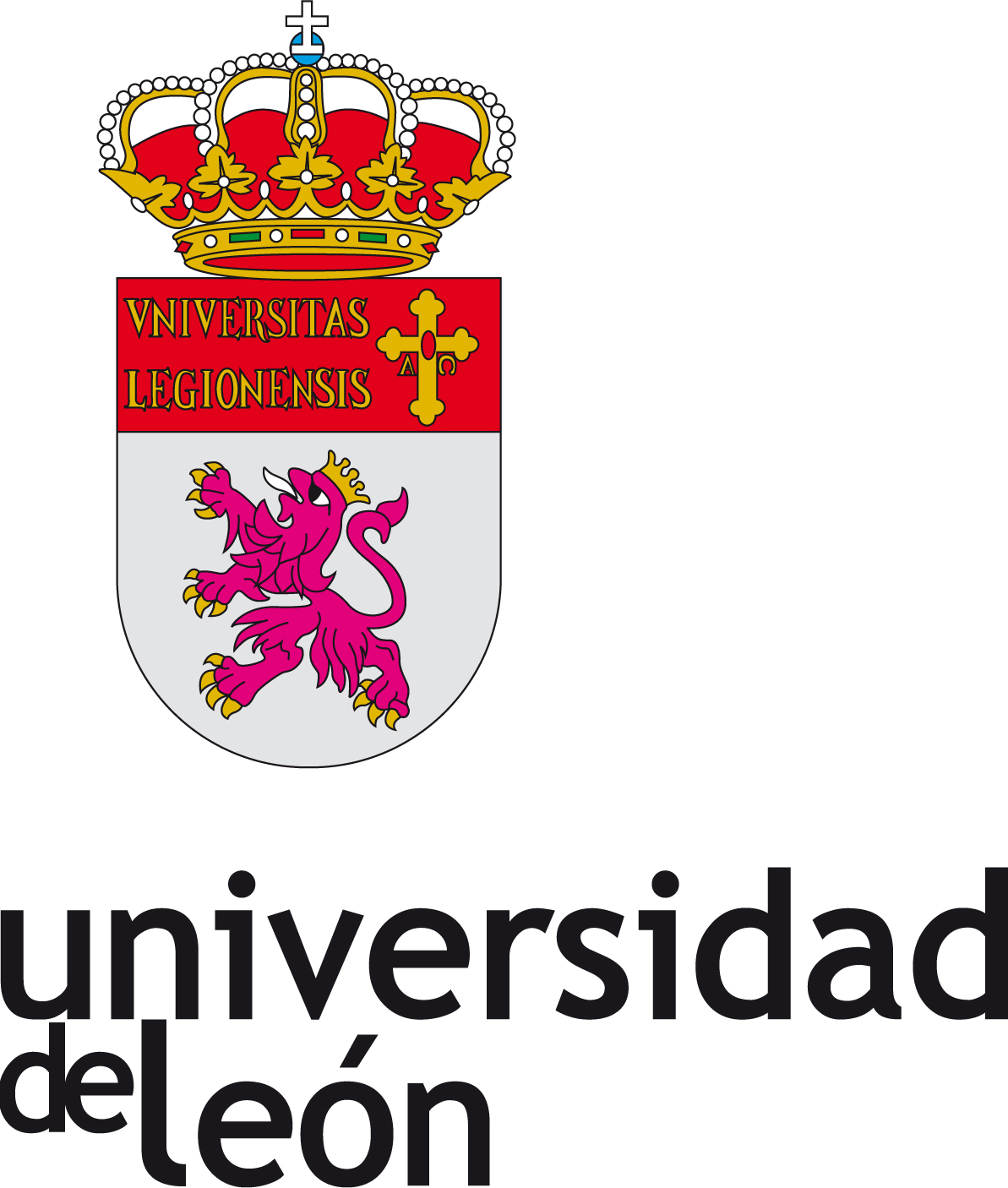Compartir
Título
Comparison of pixel unmixing models in the evaluation of post-fire forest resilience based on temporal series of satellite imagery at moderate and very high spatial resolution
Autor
Facultad/Centro
Área de conocimiento
Título de la revista
ISPRS Journal of Photogrammetry and Remote Sensing
Editorial
Elsevier
Fecha
2020-06
ISSN
0924-2716
Resumen
In Mediterranean fire-prone ecosystems, shifts in fire regime as a consequence of global change could modify the resilience of vegetation communities. In this paper, we aim to compare the efficiency of high and moderate spatial resolution satellite imagery in the evaluation of resilience in a fire-prone landscape under different fire regime categories using two pixel unmixing techniques. A time series of Landsat (ETM+ and OLI; spatial resolution of 30 m) and WorldView-2 (spatial resolution of 2 m) imagery collected between 2011 (pre-fire conditions) and 2016 were used to estimate the temporal variation of fractional vegetation cover (FVC) as a quantitative measure of forest resilience. For this time series, FVC was computed under four fire-regime categories of recurrence and severity using two approaches: dimidiate pixel model and multiple endmember spectral mixture analysis (MESMA). The dimidiate pixel model was computed using NDVI as spectral response for the case of Landsat imagery and NDVI and red-edge NDVI (RENDVI) for WorldView-2. MESMA was applied to unmix WorldView-2 and Landsat imagery into four fraction images: photosynthetic vegetation (PV), non-photosynthetic vegetation (NPV), soil and shade. The PV shade normalized fraction corresponds to the FVC. In summer of 2016 we established 85 30 × 30 m field plots and 360 2 × 2 m field plots to measure the percentage of total vegetation cover in order to validate the FVC estimates made from remote sensing data. The FVC time series showed the same general pattern with both spatial scales and modeling approaches, high fire recurrence categories registering the highest resilience. The accuracy of the dimidiate pixel model was significantly higher for WorldView-2 based estimates (RMSE: 5–10%) than for Landsat (RMSE: 10–15%). The dimidiate pixel model computed from NDVI for both Landsat and WorldView-2 underestimated FVC at high field-sampled vegetation cover, while MESMA estimations were accurate for the entire range of vegetation cover for both satellites. The fraction of photosynthetic vegetation calculated using WorldView-2 had a higher performance (RMSE: 4–6%) than that quantified from Landsat (RMSE: 6–8%). The linear relationships assumed for validation purposes were statistically significant for both sensors and modeling approaches. Our study demonstrates the highest performance of very high spatial resolution satellite imagery and MESMA models in the quantitative estimation of FVC as a measure of post-fire resilience.
Materia
Palabras clave
Peer review
SI
URI
DOI
Aparece en las colecciones
- Artículos [5503]
Ficheros en el ítem
Tamaño:
1.302
xmlui.dri2xhtml.METS-1.0.size-megabytes
Formato:
Adobe PDF












